
How to determine the neutral wire with a multimeter
Content
Every appliance runs smoothly, and the electrical system in your home is one of the last things you worry about.
However, there comes a time when a problem arises, maybe in the middle of the night, and you have to deal with it yourself.
Dealing with the wires in your outlets is one activity that you want to put a lot of thought into.
The neutral wire is an important component and one mistake with it can give you more trouble.
In this article, you'll learn everything you need to know about determining the neutral wire, including how to complete the simple process with a multimeter.
Let's get started.
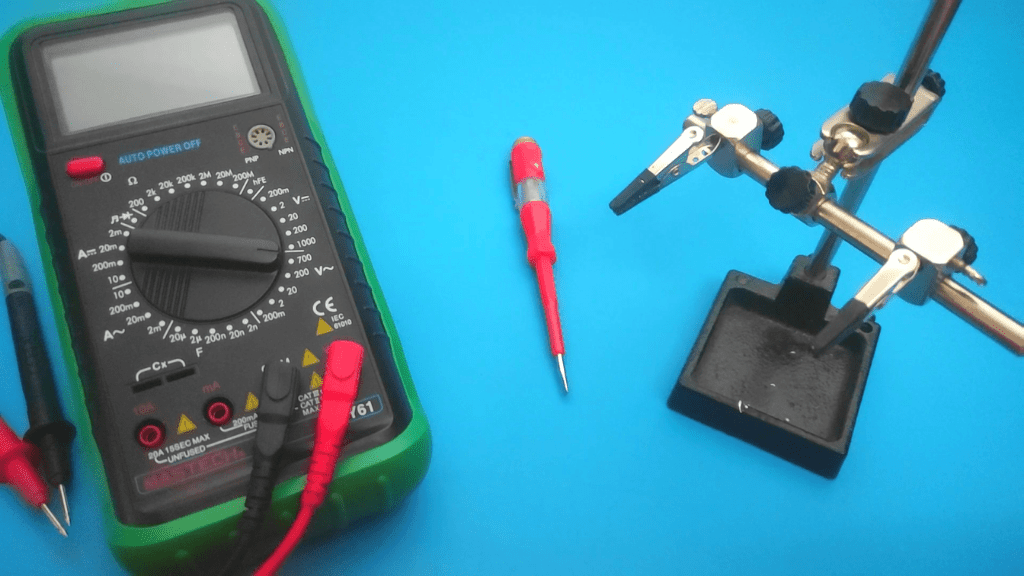
Wire types
Before diving into the whole process, you need to have an understanding of your home's electrical system.
There are three types of wires in a home electrical circuit. These are a live wire, a neutral wire and a ground wire.
A live wire is a live wire that carries electricity from the main source to the outlet and electrical appliance that needs it.
If the circuit is open, current always flows through the live wire.
The ground wire is also known as the circuit protective conductor (CPC) and has the function of directing current to ground.
The current is directed to ground to limit the danger of an open circuit or blown fuse.
The neutral wire carries current away from the appliance and returns it to the power source.
This is important because the wire completes the circuit. This ensures that current flows back to the primary power supply and is fed to other devices.
If you want to make changes to your electrical components, you need to determine which of your wires is neutral.
In this way, you will avoid damage to the entire electrical system.
Equipment needed to determine the neutral wire
There are three ways to identify your neutral wires, and the method you choose determines which tool or equipment you need.
Required tools include
- Multimeter
- Color code guide for your electrical system
- Voltage tester.
- Third hand (instrument)
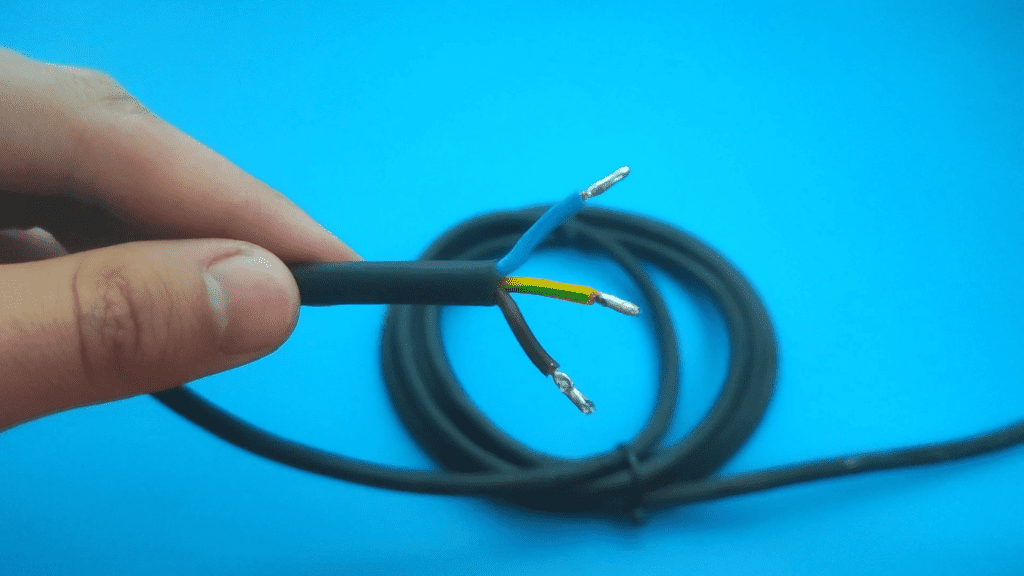
How to determine the neutral wire with a multimeter
Set the multimeter to its highest voltage range, ground the black (negative) test lead to a metal surface, and place the red (positive) test lead on each of the bare ends of the wire. The multimeter does not give any reading if the wire is neutral..
This process, as well as other methods for determining the neutral wire, will be explained next.
- Take preventive measures
To check exactly which of your wires is neutral, you need to have current flowing through them.
You don't want to get hurt, so the most important safety measure to look out for is wearing well-insulated gloves.
Other measures include keeping hands dry at all times and ensuring that wire ends never touch each other.

- Open wall sockets
Find a wall outlet and open it to expose the wires.
You would expect to see them screwed into different terminals in the socket, so you will need a screwdriver to pry it open and free the wires.

- Set the multimeter to voltage
Turn the multimeter dial to the highest AC voltage range.
Home appliances use AC voltage, so that's what you want to test.
You also set it to the highest range so that the multimeter reads correctly and its fuse doesn't blow.
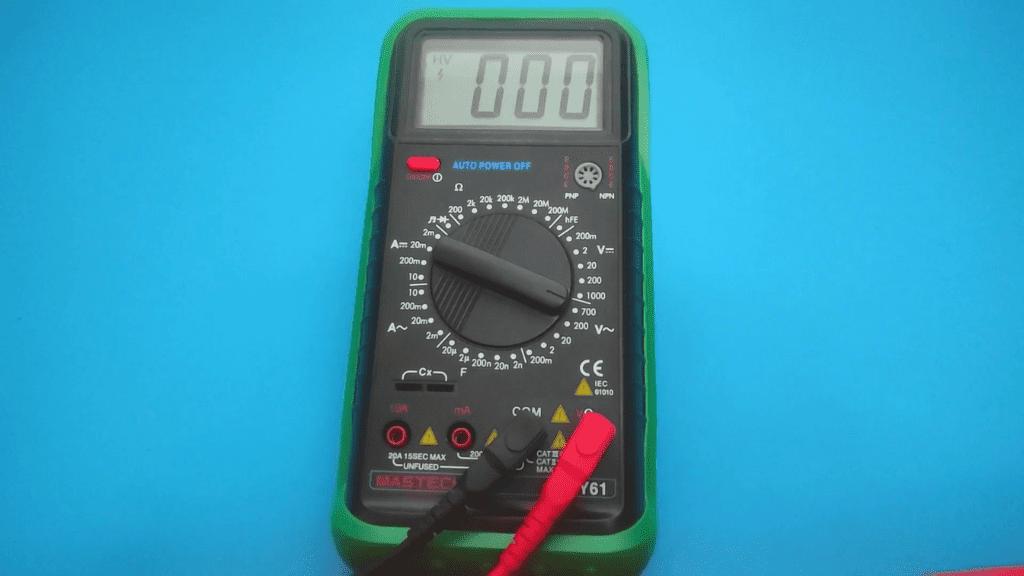
- Place the multimeter leads on the wires
Now you place the multimeter probes on each of the wires to test them. However, there are points that are worth paying attention to.
To find the neutral wire, you need to test the ground connection to the neutral or hot connection.
Place the black (negative) test lead on any metal surface to serve as a ground, and place the red (positive) test lead on any of the wires.

- Evaluation of results
If the wire is neutral, the multimeter shows 0 volts, and if the wire is hot, the multimeter shows the same voltage that is being applied to the outlet.
It's either 120V or 240V, depending on where you live.
You can also watch our video which explains in detail how to determine the neutral wire with a multimeter.
Neutral wire identification using color codes
Another method for identifying neutral wires is the use of color codes.
The specific colors show what each wire is and is the quickest way to determine which of the three wires is neutral.
Here is an image that shows the popular color codes.
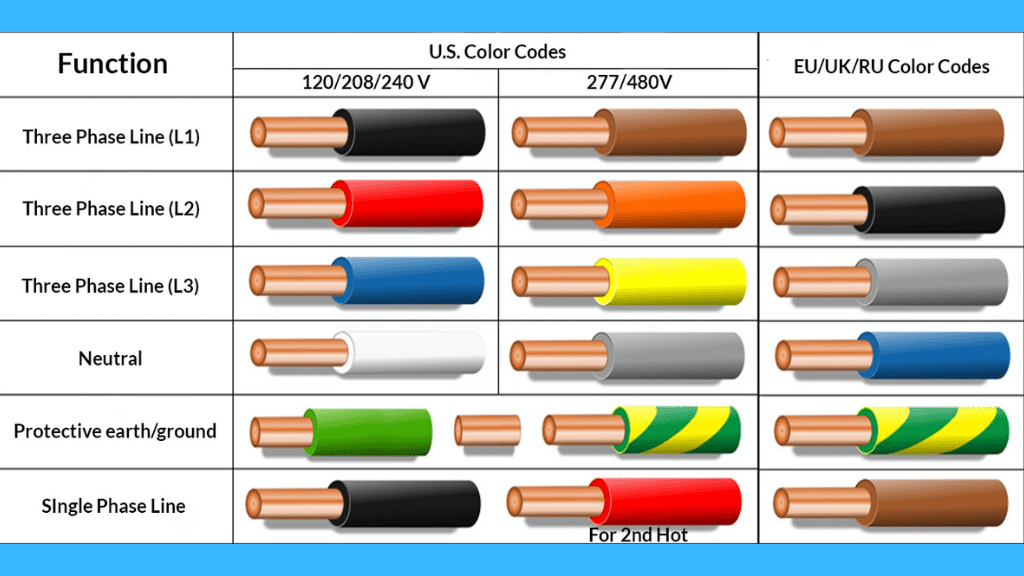

As you can see, this method has an obvious problem. Color codes are not universal and depend on where you get the wires from.
Can be mixed up, and in some cases, all wires can be painted the same color.
This is why checking neutrality with a multimeter is the best option.
Identifying neutral wires with a voltage tester
A voltage tester is a screwdriver-like device with a small light bulb inside.
This light bulb will light up when it comes into contact with live power and will tell you which wire is hot and which is neutral.
Place the metal tip of the voltage tester on the bare ends of the wires. If you place it on a live wire, the bulb will light up.
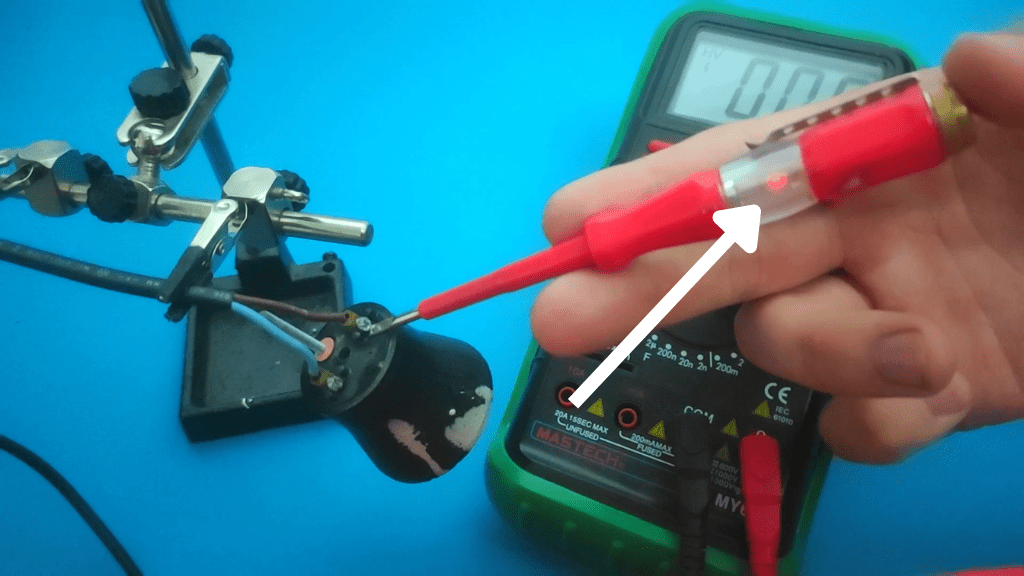

However, if you place the tester on the wire and it doesn't light up, then you have found your neutral wire.
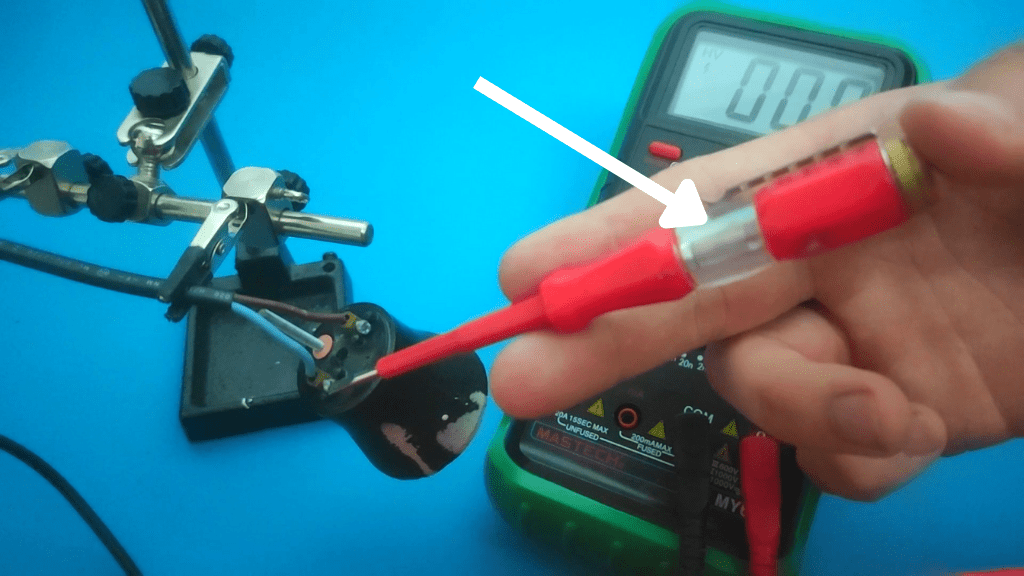

Conclusion
Identifying the neutral wire is as easy as it gets.
You can use color codes, but choosing a multimeter to test the wire that produces current when exposed will be more accurate.
F.A.Q.
What happens if you mix up hot and neutral wires?
When the hot and neutral wires are reversed, you create reverse polarity in the circuit. Although current is still supplied to the appliance that needs it, there is a great risk of electric shock.
What color is the neutral wire?
The color of the neutral wire depends on the jurisdiction in which the wires were created. For example, the neutral wire is white or gray in the US, blue in the UK, and black in China and Australia.
Does current flow through the neutral wire?
The neutral wire does not carry any current, but only serves as a return channel when connected to an electrical appliance. In a two-wire circuit, the same current flows through the neutral and the live wire.
What is the difference between neutral wire and ground wire?
The ground wire provides a ground path for electrical current, while the neutral wire provides a path for current to flow from the device to the power source.

